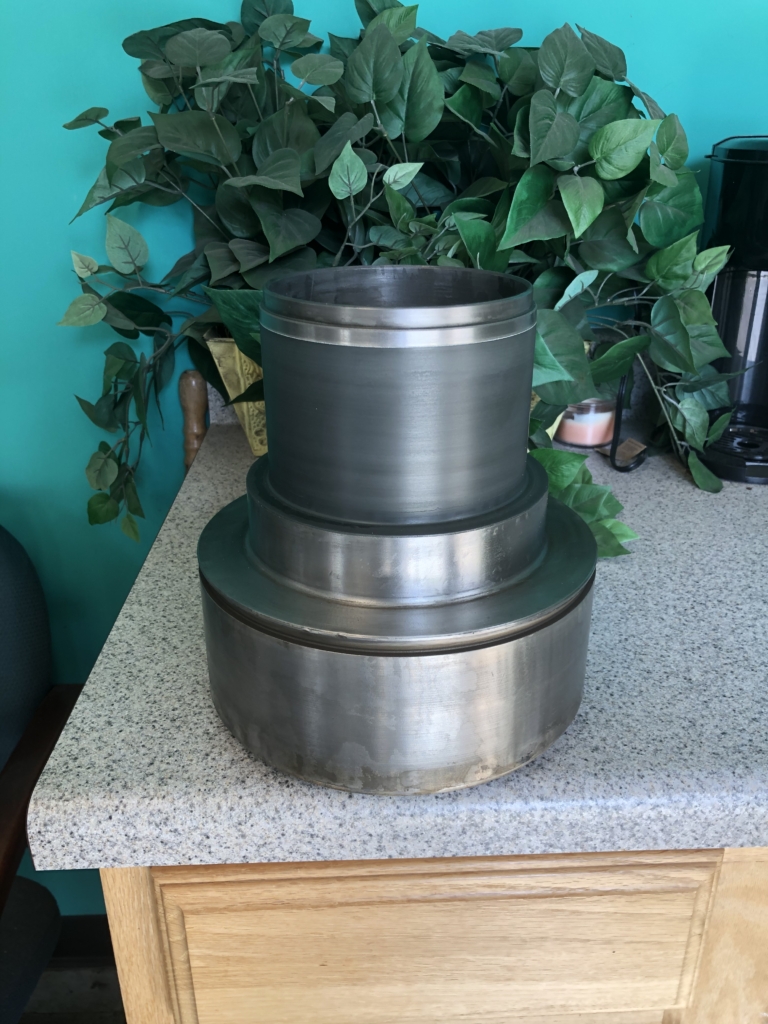THERMAL SPRAY
THERMAL SPRAY
Thermal spraying is a generic term for those coating processes that deposit finely divided metallic and non-metallic materials, such as ceramic and plastics, onto a prepared substrate to form a coating. Such a coating, deposited on wire drawing machine components, is used to reclaim damaged, worn, and mis-machined surfaces, as well as impart desirable surface characteristics like wear-, corrosion-, or heat-resistance.
The three major categories of thermal spray processes (plasma-arc, flame, and electric-arc) define the type of energy source used. The energy source heats the coating material – usually provided in powder, wire, or rod form to a molten or semi-molten state. Compressed air or process gases accelerate the molten material where they flatten upon impact, forming thin platelets that bond to the substrate and to each other. The particles build up and cool into a lamellar structure that forms the coating. The greater the velocity of the process, the denser the coating is.
